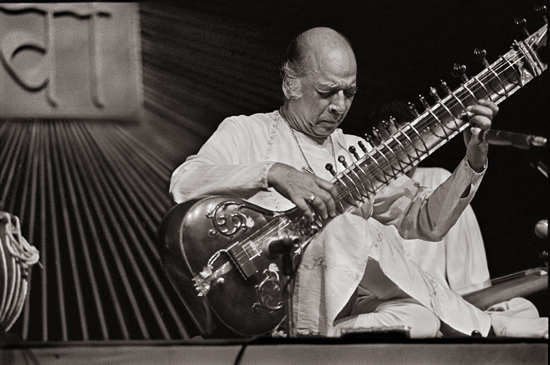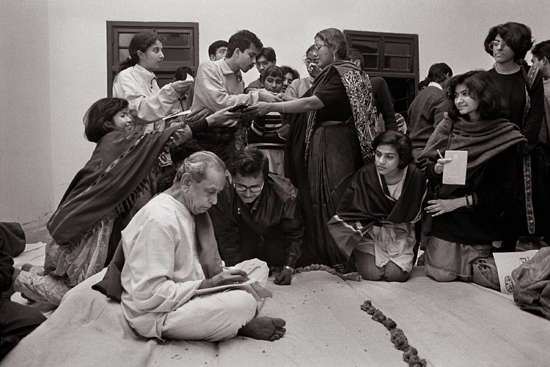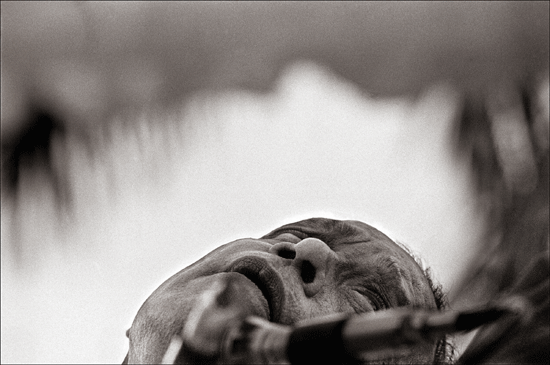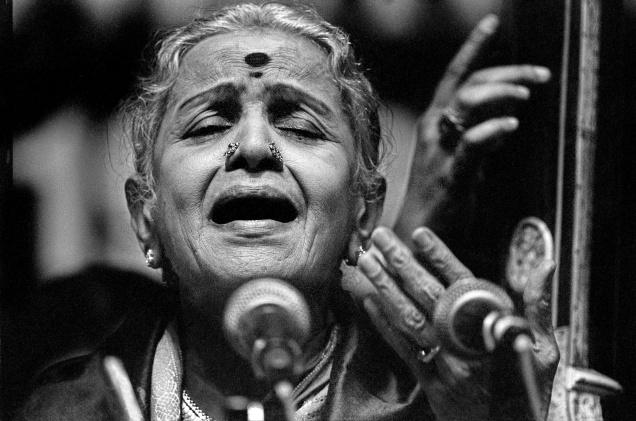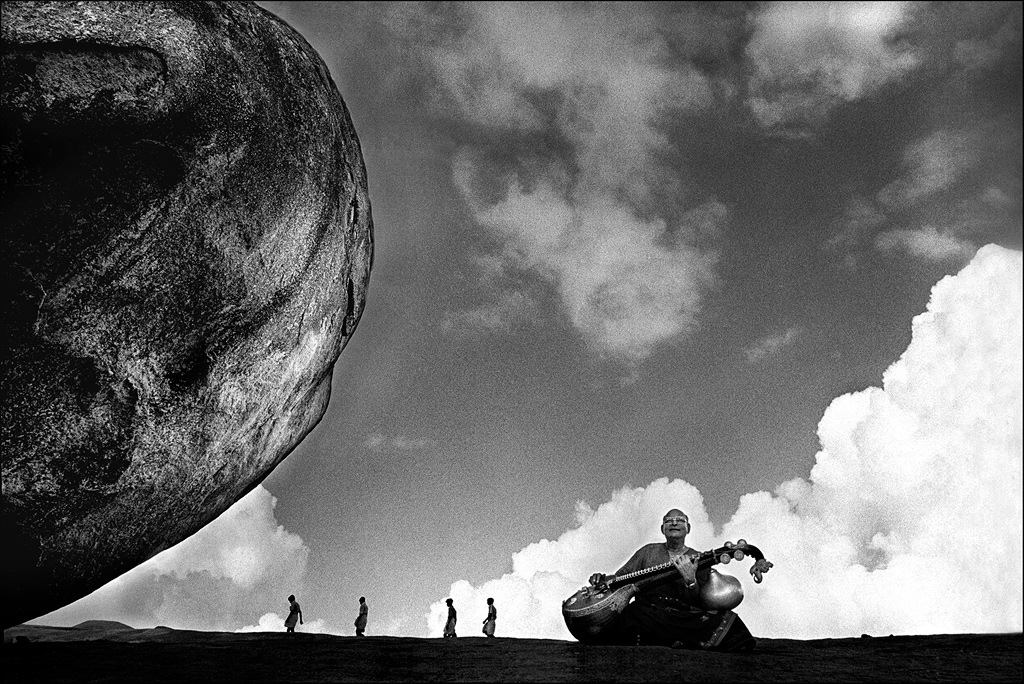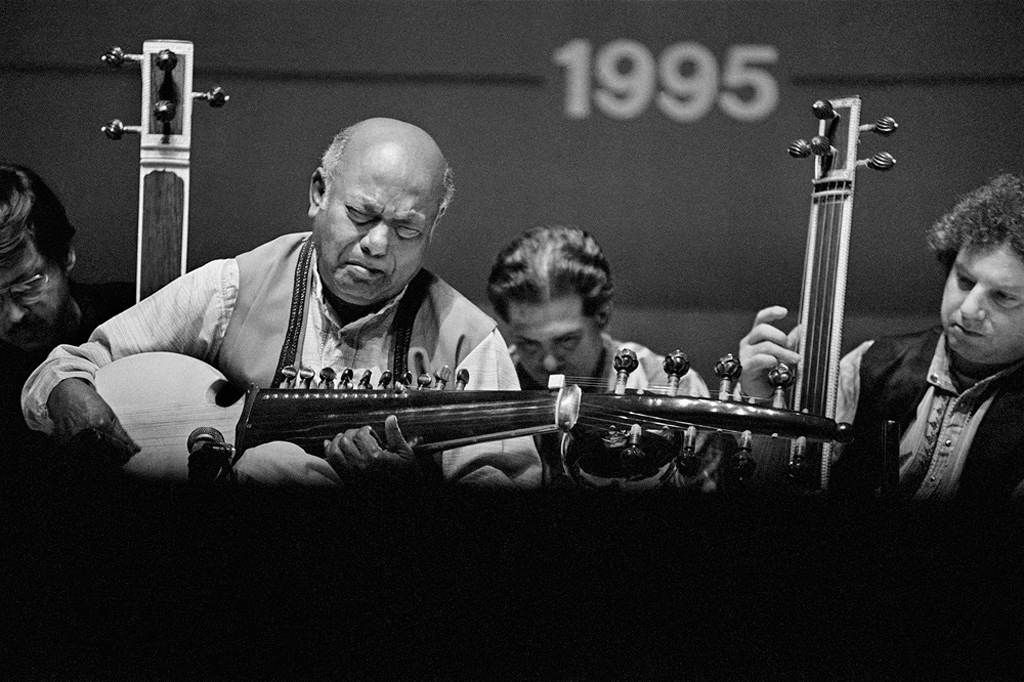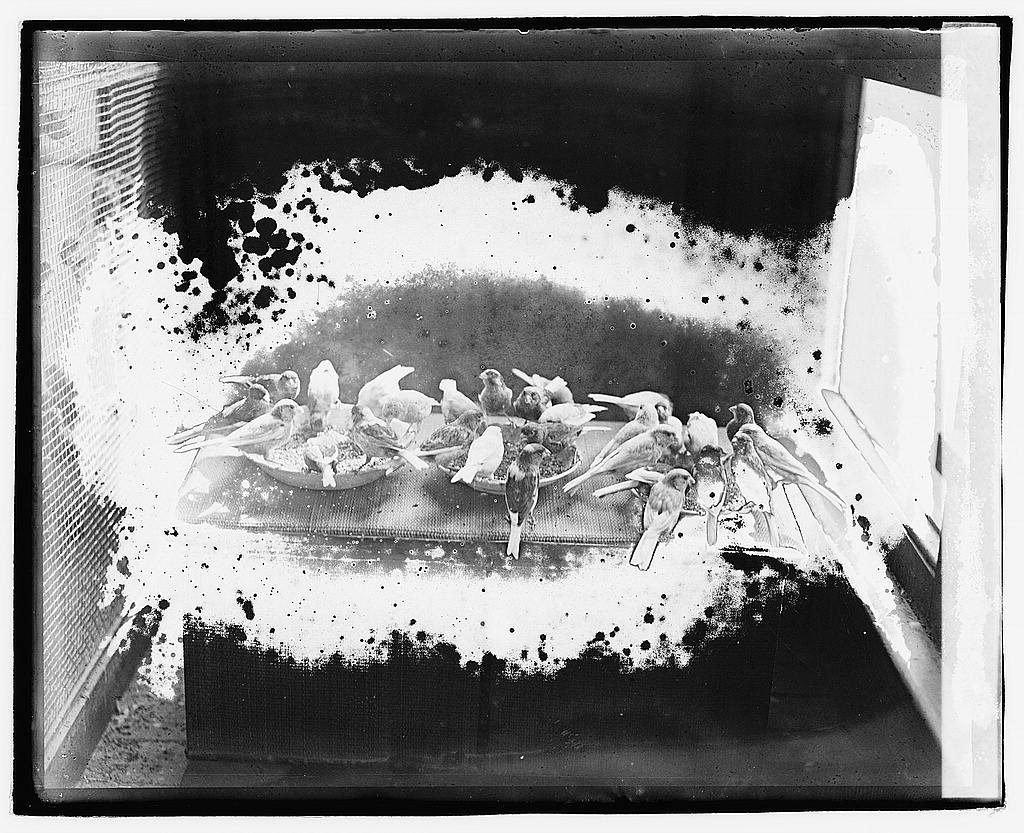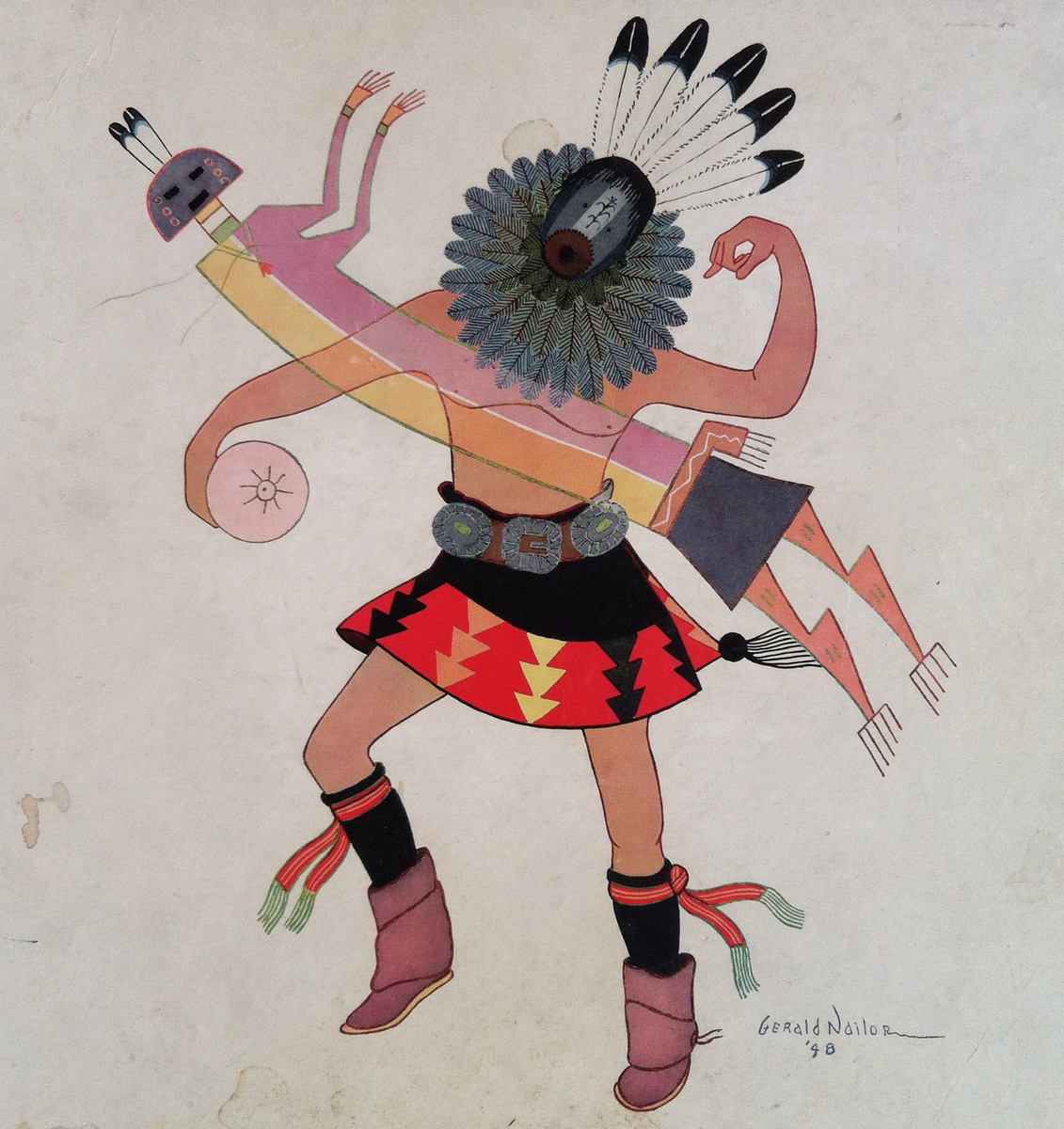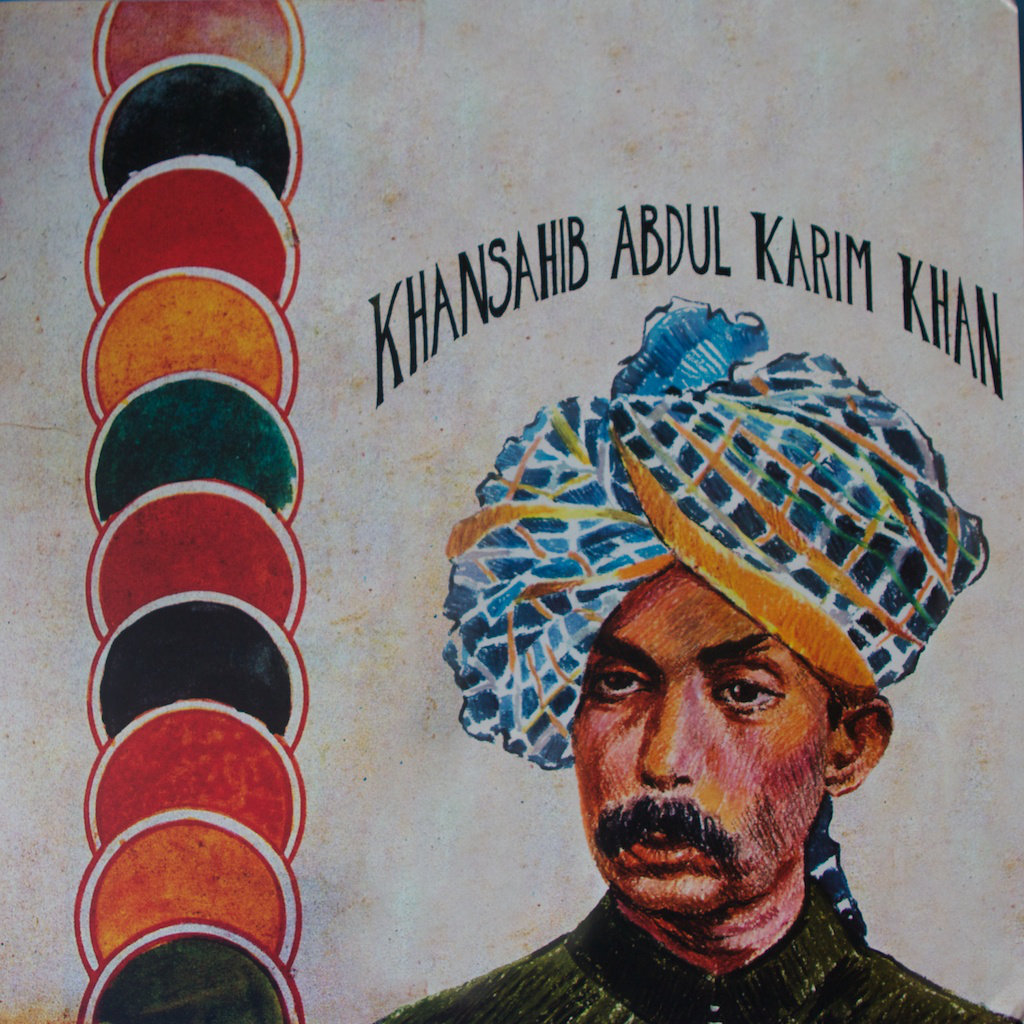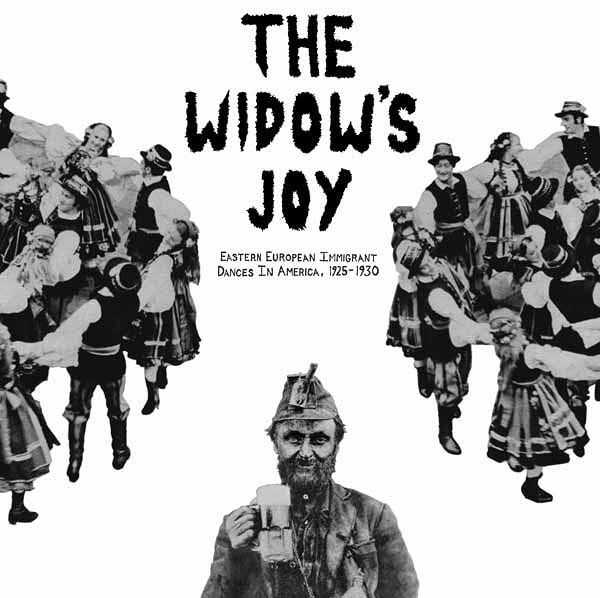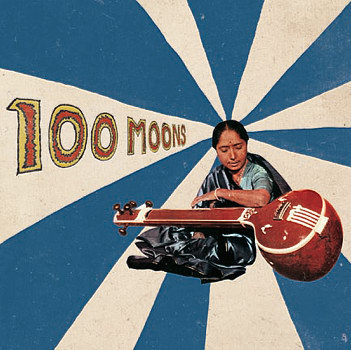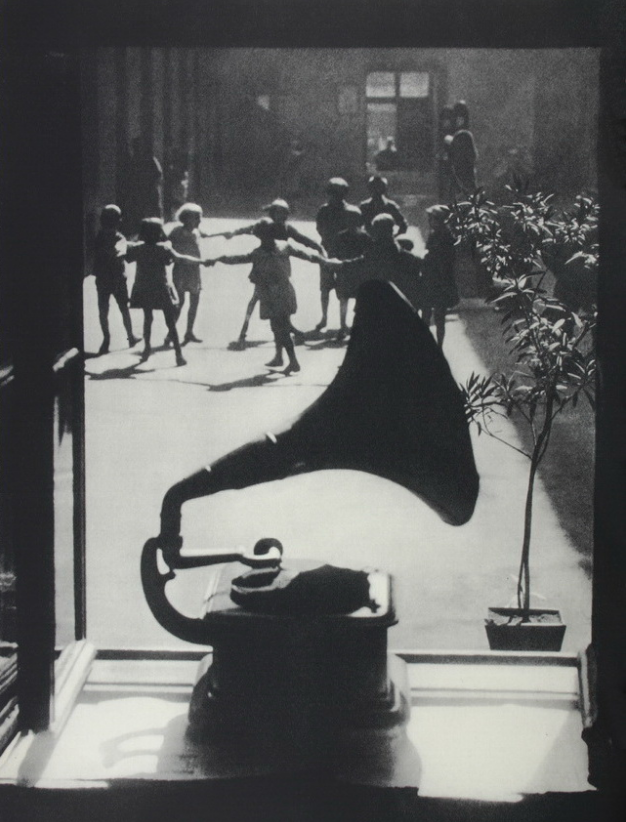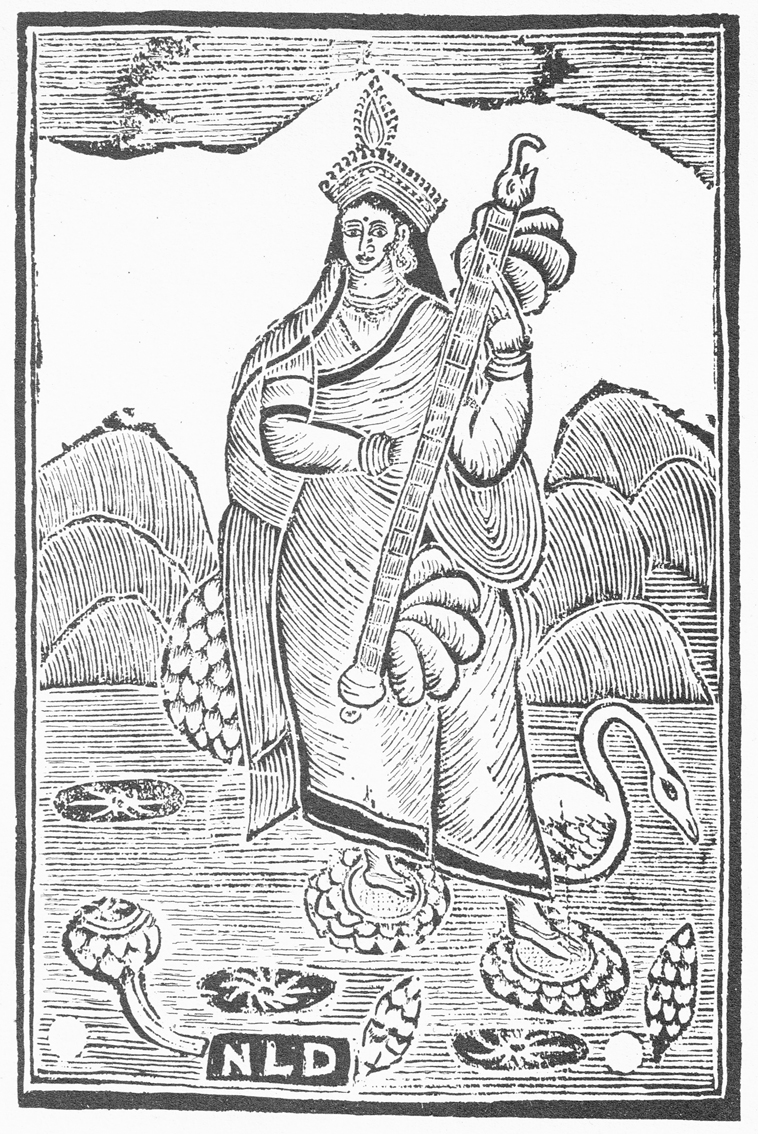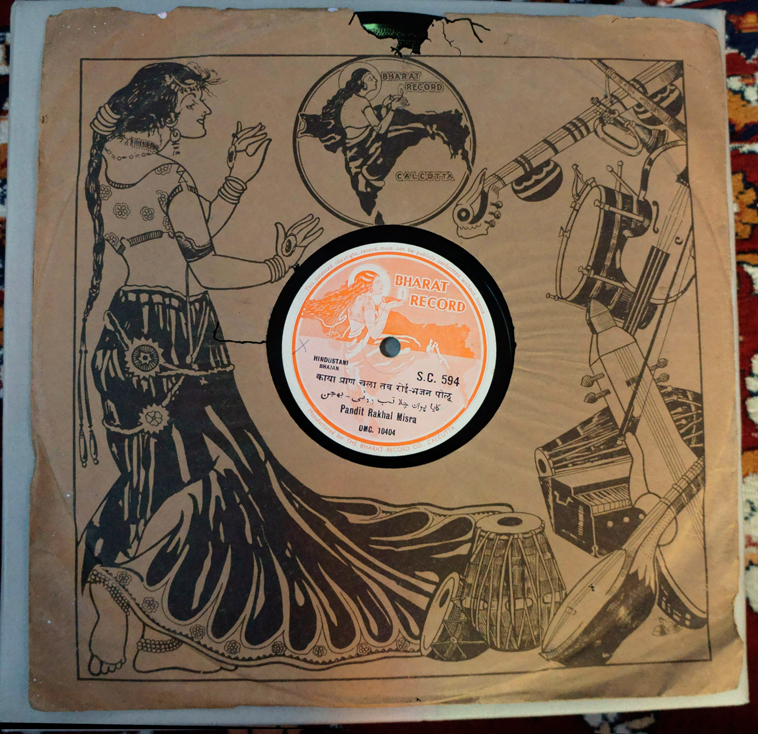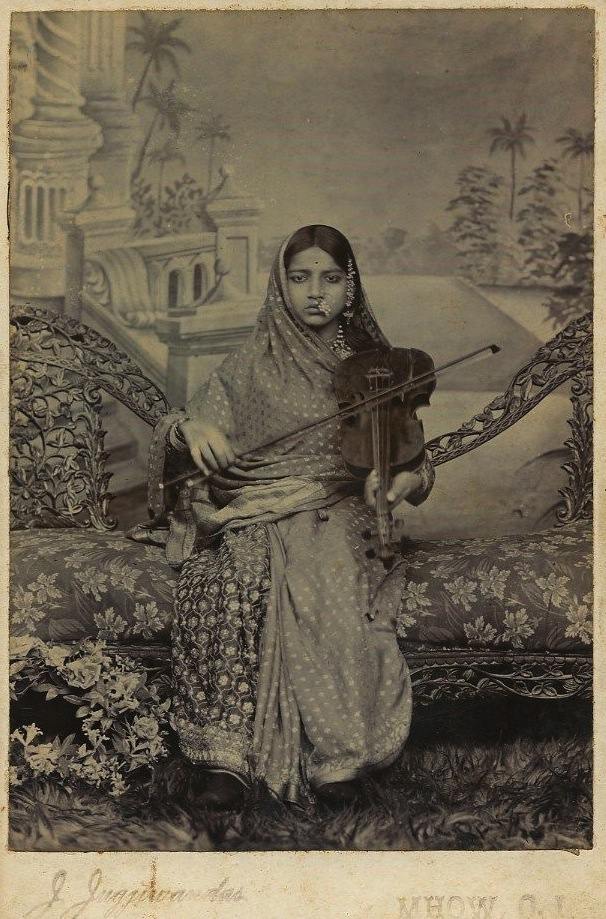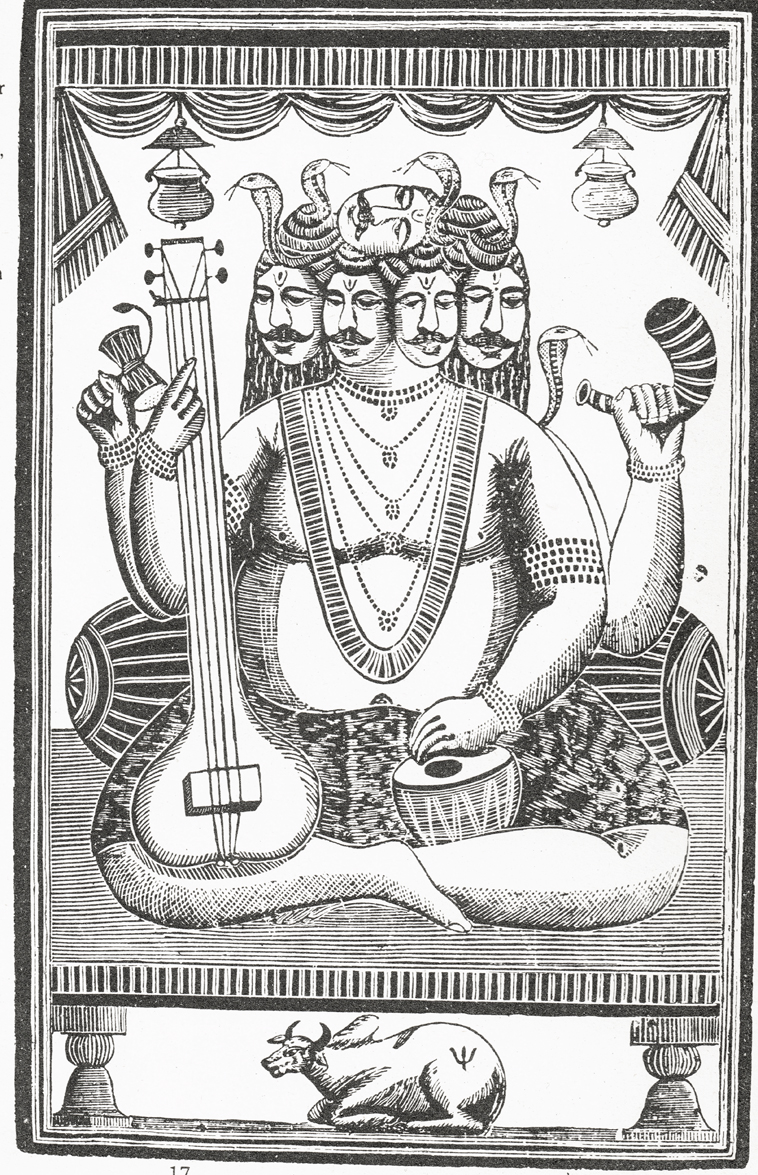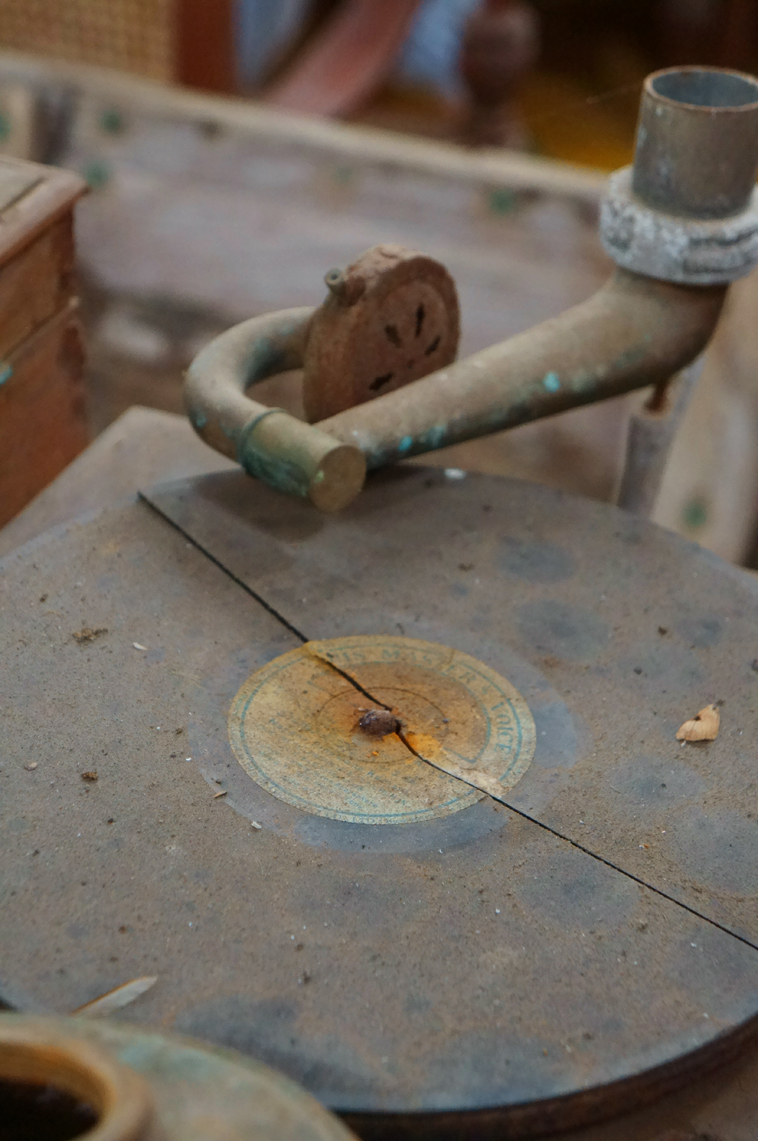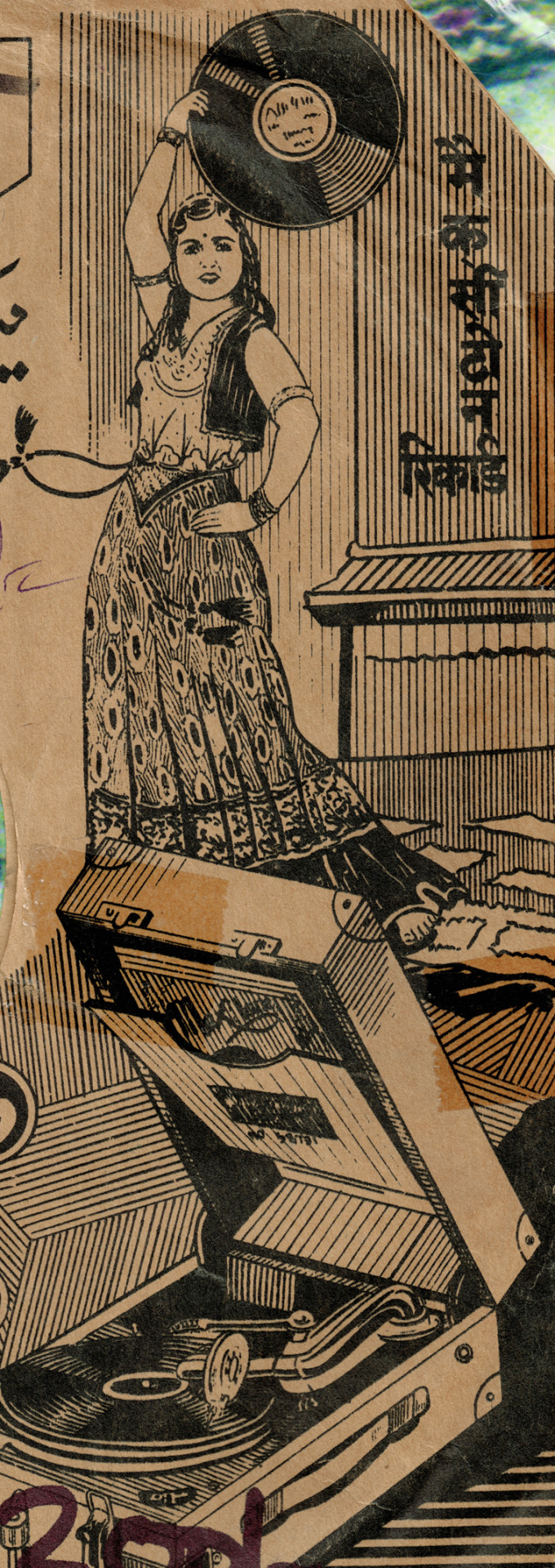Bring voices back to life
Canary Records, founded by the researcher Ian Nagoski, is a newcomer to the reissued vinyl scene. Some unearthed gems including a collection of Turkish-language tracks from the early 20th century (one fourth of Columbia Records’ Turkish recordings). “To What Strange Place: The Music of the Ottoman-American Diaspora, 1916-1930" was published by Tompkins Square Records in 2011.
But you will also find online: Indian classical music, Urban Greek songs of the 30's, ethnographic recordings from Southeast Asia, Brazilian folk recordings, African American gospel, Eastern European dances, Balkan folk music, Sub-Saharian acoustic guitars, etc, etc.
http://canary-records.bandcamp.com
http://canaryrecords.tumblr.com
https://www.youtube.com/user/naimkarakand/videos
"Indian Talking Machine"
At a point during Fall 2015, the Sublime Frequencies label will release an art book featuring two CDs of music, musings on collecting and Indian classical music, track notes and over 300 photographs of Indian 78rpm collections and ephemera.
A project by Robert Millis (a solo artist, a founding member of Climax Golden Twins, AFCGT and a frequent contributor to Sublime Frequencies). Keep your ears/eyes wide open: WICKED!
Gramophones - photo by Edith
Portraits from the vaults of the Films Division of India
SELECTION GATHERED ON 'SARKARI SHORTS' BLOG.
1. "AMIR KHAN" by S.N.S Sastry, 1970 - 18:26
A remarkably intimate portrait of Ustad Amir Khan (1912-74) by the Films Division experimentalist stalwart S.N.S. Sastry (1930-78). Khansaheb was emblematic of the profound changes in 20th century Hindustani music as the gharana system gave way to media-saturated propagation and public concerts.
2. "HANS AKELA" by Jabbar Patel, 2005 - 1:17:34
A sympathetic, insider’s take on the iconoclast Wunderkind Kumar Gandharva (1924-1992) from Jabbar Patel, veteran Marathi stage and film director. Patel nicely frames the tale as the journey of Kumarji’s grandson Bhuvanesh Komkali, himself a practicing vocalist, to discover and understand further the life and music of his ancestor.
3. "RASAYATRA" (The Travelling Song), by Nandan Kudhyadi, 1994 - 48:03
This luminous tribute to Pt. Mallikarjun Mansur (1910-92), who died during its making, was filmed by the Film and Television Institute of India graduate and acute documentarian Nandan Kudhyadi. It was inspired by Mansur’s autobiography. Even now, it’s baffling how even the highest echelon of sarkari bureaucracy via the Ministry of External Affairs would sponsor this level of abstraction. This film that won the National Award for the best short film in 1995.
4. "BABA", by N.D. Keluskar, 1969 - 14:56
Ustad Allauddin Khan (1862?-1972), reverentially and affectionately called Baba, is one of the most profoundly influential figures of 20th century Hindustani music. He was a master multi-instrumentalist and the founder and propagator of the Senia-Maihar Gharana, the juggernaut by which most non-South Asian folk got turned on to ragas.
5. "SANGE MEEL SE MULAQAT" (Meeting A Milestone), by Goutam Ghose, 1989 - 1:28:36
Onto this 1989 Goutam Ghose (b. 1950) beauty produced by Films Division’s powerful sister branch, the National Film Development Corporation of India (NFDC). Ghose, like his mentor Satyajit Ray, is another Bengali autodidact who is adept in film, photography, music and theater. Indeed, the cinematography shot by Ghose himself is the eye to the soul of this brilliant documentary on Ustad Bismillah Khan.
6. "PANDIT BHIMSEN JOSHI", BY Gulzhar, 1992 - 1:13:48
Looking for that most touching of moods, pathos, on film? Then check Gulzar’s (the multi-awarded poet, lyricist, script writer and director) sarkari approach in this bio-documentary treatment of the troubled genius of Pt. Bhimsen Joshi (1922-2011). This was Gulzar’s third Films Division foray after “Ek Akar” and “Ustad Amjad Ali Khan” (1990). Gulzar not only presents a window into Joshi’s life story but also a history of his lineage within the Kirana gharana.
7. "THE SHRUTI AND GRACE OF INDIAN MUSIC", by Shyam Benegal, 1972 - 13:04
It’s a juicy one, this little gem, with Shyam Benegal getting inside the ragas in his representation of the ineffable shruti (“that which can be heard”) and the graces (gamak, meend, murki), ornamental techniques which transport the adept there. Benegal manifests this through extreme close-ups of the face and hands, and above all the breathing tones of Pandit Hariprasad Chaurasia, maestro of that most sensuous of instruments, the bansuri bamboo flute, Lord Krishna’s own.
1001 thanks to Phong Tran, cataloger of South Indian materials for the Library of Congress.






